Owning an RV is an excellent way to experience the great outdoors while still keeping the comforts of home. When you’re out on the open road in your RV, having a reliable power supply is critical. Adding a second battery to your RV can be a gamechanger. With an extra battery, you can stay off-grid for longer, enjoy your RV’s amenities without power interruptions, and support your RV’s electrical system more effectively. In this blog post, we will guide you through how to add a second battery to your RV so you can have an uninterrupted power supply and enjoy your RV more.
Table of Contents
Types of RV Batteries
When it comes to RVs, having a reliable power source is a must for you to enjoy your adventures and experience the great outdoors. RV batteries provide a source of power for all your needs, from lighting and cooking to running electronic devices such as cameras, laptops, and TVs. However, with so many types of RV batteries available in the market today, choosing the right one can be a challenge. So, today, we will discuss the Top Kinds of RV Batteries you need to know about.
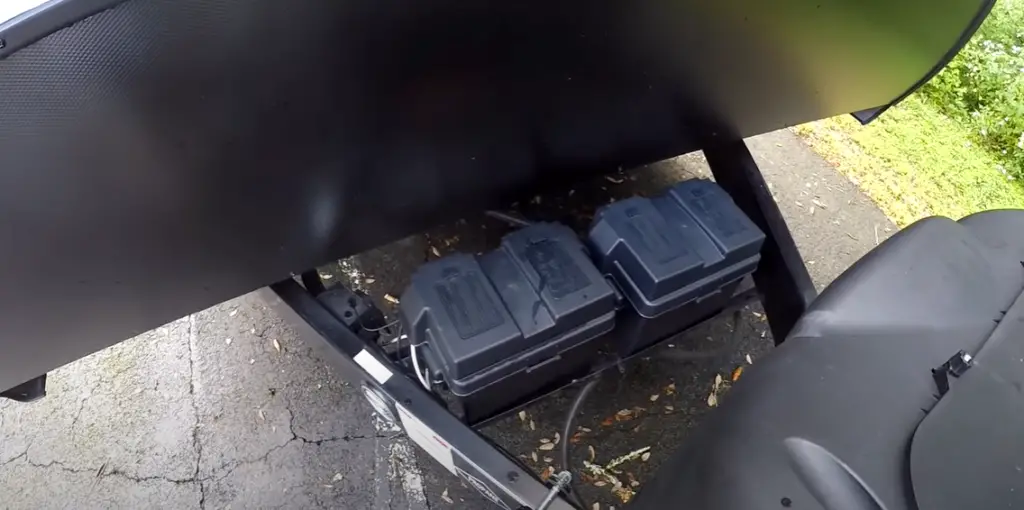
Flooded Lead-Acid Batteries
Flooded Lead-Acid Batteries are one of the most popular and affordable choices for RVers. They are widely available and have been in use for many years. They require regular maintenance, such as checking water levels regularly, adding distilled water if necessary, and equalizing the cells. They are also heavy and can discharge quickly if not recharged promptly.
AGM (Absorbed Glass Mat) Batteries
AGM batteries are an excellent choice for those who prefer a maintenance-free option. They are sealed, so they do not require any maintenance or water to be added. These battery types can be mounted in any position, so you don’t have to worry about space constraints in your RV. They are more expensive than FLA batteries, but they last longer and have better performance. [1]
Lithium-Ion Batteries
Lithium-Ion Batteries are the newest and most advanced battery type for RVers. They are the lightest and most expensive batteries on this list, but they offer the highest performance, longest life, and fastest charging times. They also have a low self-discharge rate and require minimal maintenance. We highly recommend investing in Lithium-Ion Batteries if you are a full-time RVer because they will provide the best performance and longevity. [1]
Gel Batteries
Gel Batteries are another maintenance-free battery type that doesn’t require water or any other maintenance. Their gel technology makes them ideal for deep discharge applications and allows them to recover quickly from heavy usage. These batteries have a longer lifespan than FLA batteries, but they are more expensive. [1]
Deep Cycle Batteries
Deep Cycle Batteries are specifically designed for powering heavy loads for extended periods. They are capable of withstanding multiple discharge and recharge cycles, making them ideal for RVs that rely heavily on off-grid power sources. They come in different sizes and types, so you need to choose the one that fits your needs.
Choosing the right RV battery is essential to ensure that you enjoy a continuous source of power during your travels. There are many types of RV batteries to choose from, each with its unique advantages and disadvantages. Some are more affordable and require regular maintenance, while others are expensive but require little or no maintenance. Before purchasing, make sure you take into account your RV power needs, budget, and preference. We hope this information has been informative and helpful in making an informed decision on your next RV battery purchase. Happy RVing!
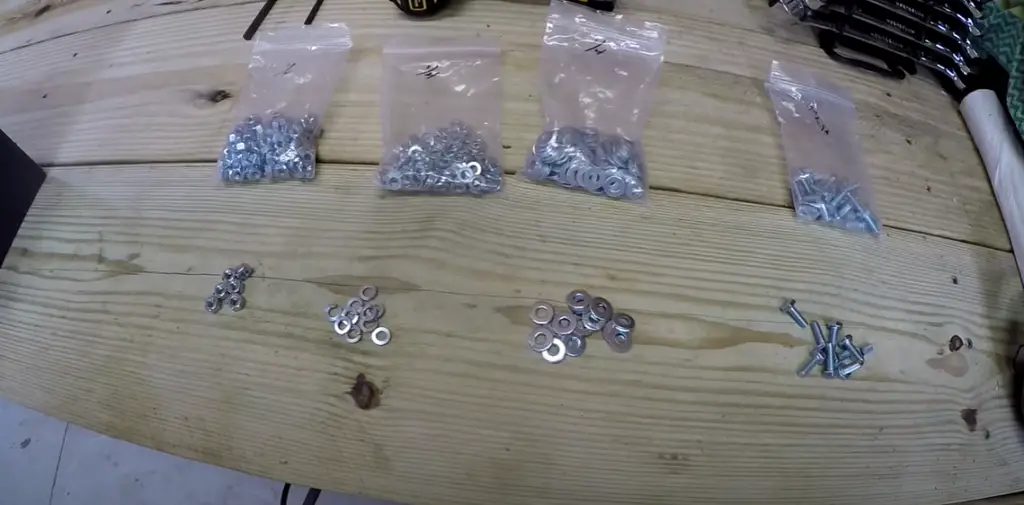
Pros And Cons of Adding The Second Battery to RV
Probably the most popular thing RV owners worry about is ensuring they have enough power to operate all of their equipment and appliances while on the road. And it is the situation where adding a second battery to your RV can come in handy. However, just like with any modification, there are pros and cons to consider before making the decision to install a second battery in your RV.
Advantages of adding the second battery:
- Extended Battery Life:
One of the biggest benefits is that adding the second battery can help extend your RV battery’s lifespan. With two batteries, you can rotate usage between them, which reduces the wear and tear on a single battery and prolongs the life of both batteries. This means you can spend more time on the road without worrying about constantly replacing your RV battery.
- More Power:
With more battery capacity, you can run more appliances and electronics without worrying about power outages. This can be especially beneficial for those with larger RVs, who need to power multiple air conditioners, TV sets, microwaves, and other appliances. [2]
- Convenience:
With two batteries, you won’t have to worry about the inconvenience of running out of power. This can be particularly useful in places without electricity, where you need your RV’s battery to function properly. It also means you won’t have to worry about turning off appliances to conserve battery life.
Disadvantages of adding the second battery:
- Cost:
This process can be costly, depending on the type of battery you choose and the installation process. You may also need to purchase additional cables and battery boxes. However, it is worth noting that the investment may be worth it in the long run if you plan to use your RV frequently.
- Space:
It also takes up additional space in your RV, which can be problematic if you have a smaller RV. If you’re purchasing a new battery, make sure to consider its size and the space required for its installation.
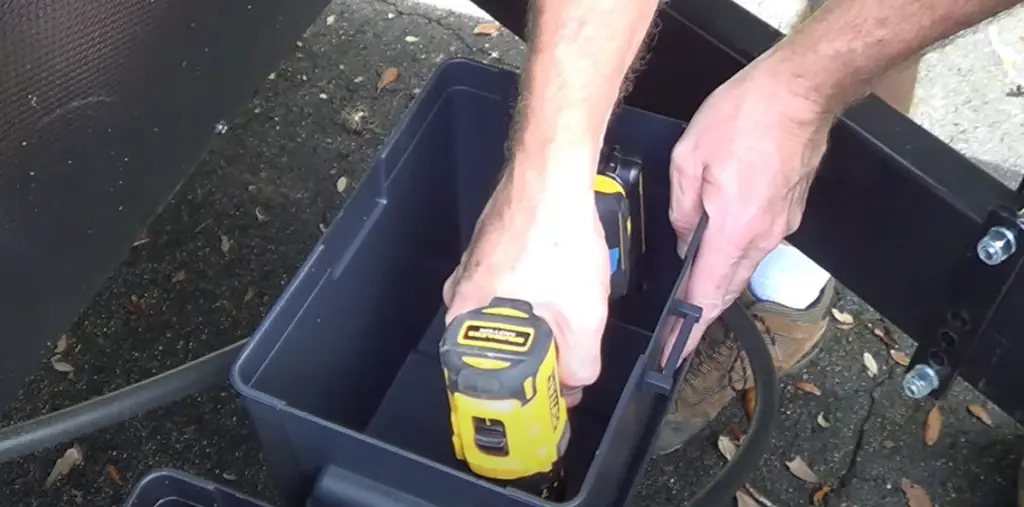
- Maintenance:
With two batteries, you will need to maintain both to ensure they are functioning properly. This means you will need to monitor the charge levels, check for corrosion, and replace corroded terminals regularly. This can add to the maintenance costs of your RV in the long run. [2]
If you want to add the second battery to your RV it’s important to remember that it is not a decision you should make lightly. While it has many benefits, such as an extended battery life, more power, and convenience, there are also drawbacks such as cost, space requirements, and maintenance. Ultimately, the decision to add a second battery comes down to your individual needs and usage. If you find yourself frequently on the road and needing more power, then investing in a second battery is likely to be a worthwhile investment. However, if you only use your RV occasionally, then a second battery might not be necessary. We suggest that you weigh both the advantages and disadvantages before making your decision.
Step-By-Step Process of Connecting the Second Battery to RV
RV trips can be an exciting and fun-filled adventure, especially when your RV is well-equipped with everything you need to make your travels comfortable and convenient. A second battery is one of those essential components in your RV that can ensure you do not encounter any power-related issues or mishaps on your trip. Here we share with you a step-by-step process of how to connect your second battery to your RV.
Step 1. Assess compatibility
Before you start any installation, assess your RV’s battery system to ensure that it is compatible with your second battery. It would help if you check the battery types and their amperage requirements to see if the new battery will be compatible with your current battery and RV. It would be best if you also considered the space available on your RV for the second battery’s installation.
Step 2. Mount your second battery
Once you have assessed compatibility, you can go ahead and mount the second battery. You should place the battery on a level and secure surface to prevent it from tipping over. Ensure that the battery is adequately secured to prevent movement while driving on rough roads.
Step 3. Connect the second battery to the main battery
Your RV already has a battery installed, and you need to connect the second battery to the main battery to charge it. You can connect the batteries in series or in parallel. Connecting the batteries in parallel ensures that they receive the same amount of voltage, and adding the second battery increases the overall amp-hour capacity of your RV’s battery system. Alternatively, if you wire the batteries in series, the voltage of the batteries adds up, increasing the battery’s output to the RV’s electrical system. [3]
Step 4. Install a battery isolator
Installing a battery isolator is a crucial component in ensuring that the main battery and the second battery remain separate. An isolator is a device that allows the alternator to charge all batteries within the RV simultaneously without allowing one battery to discharge the other.
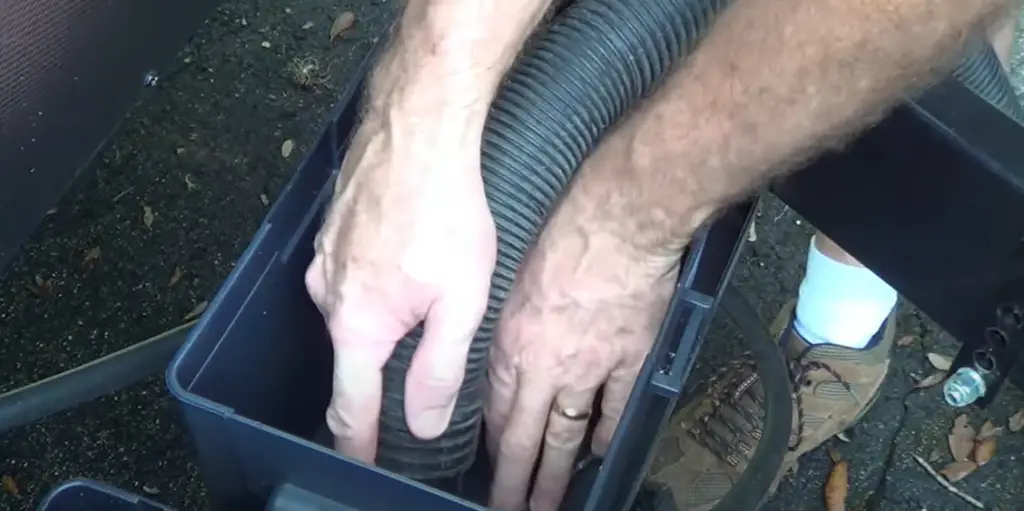
Step 5. Test the battery
After installation, you should test the battery to ensure that it is working appropriately. Testing will help identify any wiring issues or loose connections that may have been overlooked during the installation process.
Connecting your second battery to your RV might seem like a daunting task; however, it is relatively simple and can be achieved with some basic wiring skills and tools. The critical determinant factor is assessing compatibility before embarking on any installation process.
Dual Battery System: All You Need to Know
Have you ever experienced inconveniences while enjoying your RV camping trips due to power depletion? Worry no more. With the advancement of technology, the RV dual battery system is now available, offering maximum convenience to all RV enthusiasts. This system provides additional battery power to RVs, ensuring that you never run out of power for your gadgets, appliances, and lighting. However, not everyone is aware of this convenient system, and others may question if it’s worth a try. Here we cover the critical aspects of the RV dual battery system, the types available, and if it’s worth trying.
The RV dual battery system is a set of two batteries installed in an RV, allowing you to maximize your power usage. The system works by discharging one battery while saving the other, thus extending the power supply significantly. With this system, you’ll no longer worry about running out of power, even when you’re in a remote or off-grid location. Additionally, the system ensures that you always have enough electricity to power up your appliances, gadgets, and lighting.
Now, the question remains, is the RV dual battery system worth trying? The answer is a resounding yes. Investing in this convenient system is a wise choice as it helps you to stay away from inconveniences related to power depletion. Additionally, having a dual battery system can pay off significantly in the long run. For instance, you could go on longer trips and extend your power supply with the extra battery, making the most out of your vacation.
Furthermore, the RV dual battery system is easy to install and maintain. You can purchase easy installation designs with a DIY manual included. There are also many maintenance products available on the market to keep the battery system running smoothly. Additionally, the RV dual battery system is versatile. Even when you’re not using it on your RV, it can be utilized for backup energy storage for emergency power outages at home.
The RV dual battery system is an excellent addition to any RV enthusiast who loves long trips or going off-grid. The system provides you with convenience, guarantees uninterrupted power supply, and extends your time off the grid.
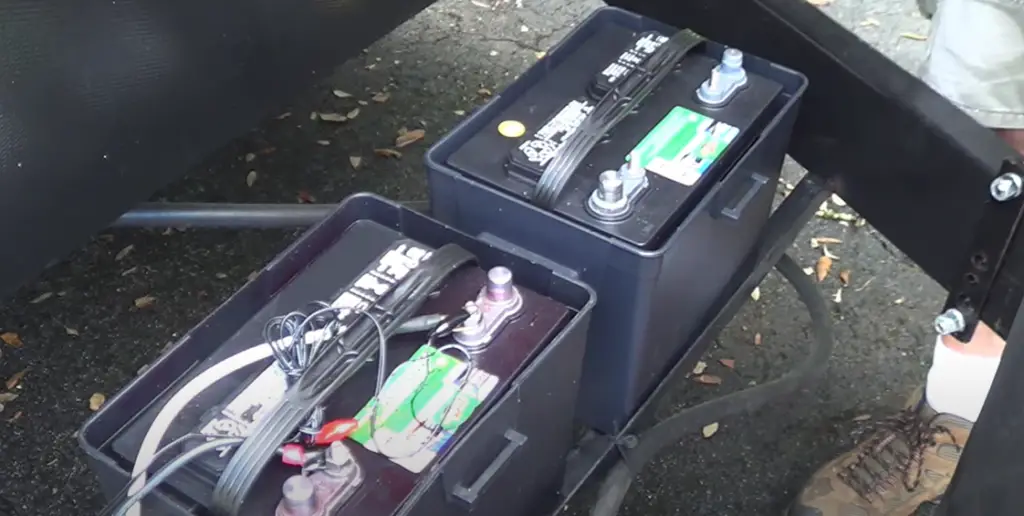
Safety Precautions When Using a Dual Battery System on RV
If you own an RV, you know how incredible a dual battery system can be. Dual battery systems are great for powering appliances, lighting, and everything you need while on the road. However, safety is a significant concern when using a dual battery system, and it should never be taken lightly. Let’s check safety precautions when using a dual battery system on an RV.
- Always Keep the Batteries Secure
When you are on the road, your RV is already facing many jolts and challenges that can loosen your dual battery system. To prevent damage, always ensure your dual battery system is tightly secured. A loose battery can produce sparks, leaks, or even result in a fire. Remember that your batteries are made of hazardous materials, that’s why it is essential to keep them safe and secured at all times.
- Use Proper Battery Cables
The safety of your RV’s battery system crucially depends on the wires that connect the batteries to the rest of the electrical system. Battery cables can significantly impact the functionality and safety of your battery system. Make sure to use high-quality, heavy-duty cables that are designed specifically for your RV. Always check the insulation for signs of wear or damage that might lead to an electrical shock.
- Regularly Inspect Your Batteries
Your RV’s dual battery system works hard every day, and they are prone to damage like any other car part. Regularly inspect your batteries for signs of corrosion, bulging, leakage, or any other abnormalities. Also, remember to check your battery’s voltage levels and keep them charged to their maximum capacity. If you feel that something is not right, seek professional help immediately.
- Ensure Proper Ventilation
RV batteries produce explosive gasses that can be harmful to your health, and that’s why ventilation is an essential safety precaution to consider when using a dual battery system. Ensure adequate airflow in the area where you’ve installed your batteries. This means avoiding storing them in an enclosed space and installing vents or fans if need be.
- Turn off Your Battery System When Not in Use
When not in use, always turn off your RV’s battery system to avoid any accidents that might result from an electrical discharge. This is also crucial when you are undertaking repairs or maintenance on the system. Practicing this safety precaution will also save energy and extend your battery’s life.
FAQ
Can I add a second battery to my motorhome?
Yes, you can add a second battery to your motorhome. Many RV owners choose to have a second battery because it provides more power for their trips. Two batteries also mean that you have a backup when one battery runs out of power. When you install a second battery, you double your RV’s battery power capacity, providing stability for your power needs.
How do I hook up two batteries to my RV?
To hook up two batteries to your RV, you need to consider if the batteries are connected in a parallel or series connection. When connecting two batteries in a parallel configuration, the positive terminals of both batteries are connected to each other, as well as the negative terminals. This connection will increase the capacity of your batteries to carry more amperage but still maintain 12 volts. A series connection connects the negative terminal of one battery to the positive terminal of the other battery. This method increases the voltage to 24 volts, but the total amperage carried by the battery remains the same.
How do I add a second 12v battery?
To add a second 12V battery to your motorhome, first, you need to determine the type of battery to use. The same type, make, and model of the first battery should be used for the second battery. Purchase the second battery and place it in the appropriate location in your RV. Then, connect a positive wire from the first battery’s positive terminal to the second battery’s positive terminal. Next, connect a negative wire from the first battery’s negative terminal to the second battery’s negative terminal. The second 12V battery is now properly connected to your motorhome’s electrical system.
Do I need an isolator for a second battery?
The answer is yes. An isolator is necessary to keep the batteries from draining each other’s power. An isolator is a device that allows the second battery to charge, but disconnects it when the alternator is not charging.
Useful Video: Add a 2nd Battery to your RV Travel Trailer
Conclusions
Installing the right type of second battery to your RV is a significant step toward achieving an uninterrupted power supply. Understanding the power requirements of your RV and selecting the right battery bank size is crucial. Be sure to connect your second battery in parallel, install a battery isolator or switch, and check for proper charging and discharge of your battery bank. Adding a second battery to your RV can help you camp longer, avoid power interruptions, and ensure that your RV’s electrical system is reliable. So what are you waiting for? Follow these steps, and you’ll be well on your way to uninterrupted power on your next RV adventure.
References:
- https://continentalbattery.com/blog/your-ultimate-guide-to-rv-batteries#:~:text=Types%20of%20RV%20Batteries,has%20unique%20benefits%20and%20disadvantages.
- https://traveltrailerpro.com/should-i-add-a-second-battery-to-my-camper/
- https://lifelinebatteries.com/blog/quick-guide-on-connecting-2-rv-batteries-2/

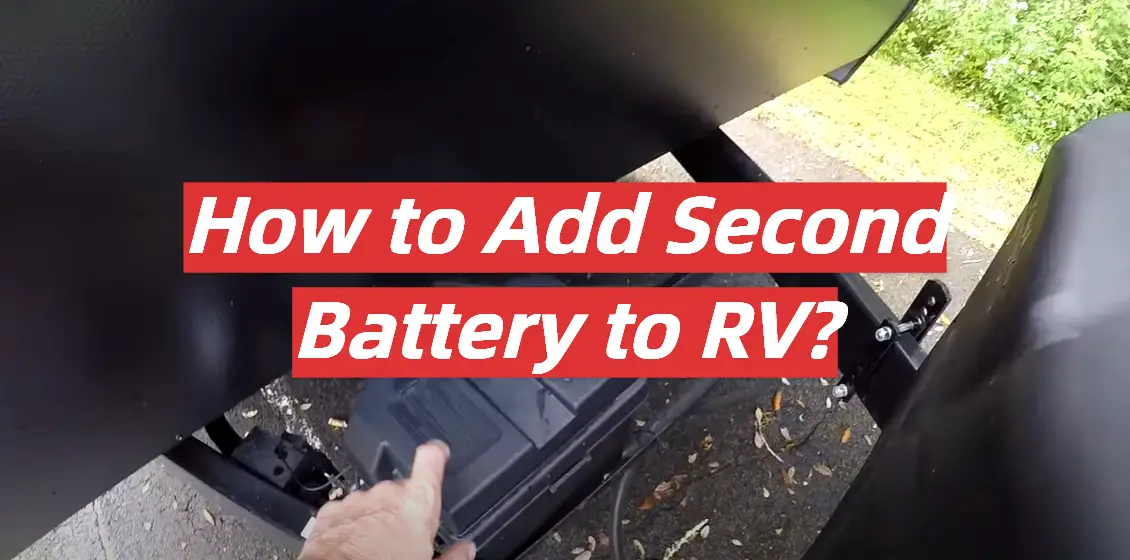
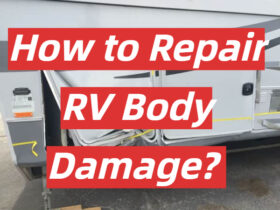

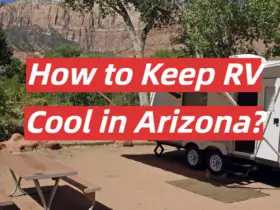
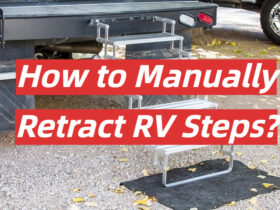
Leave a Reply